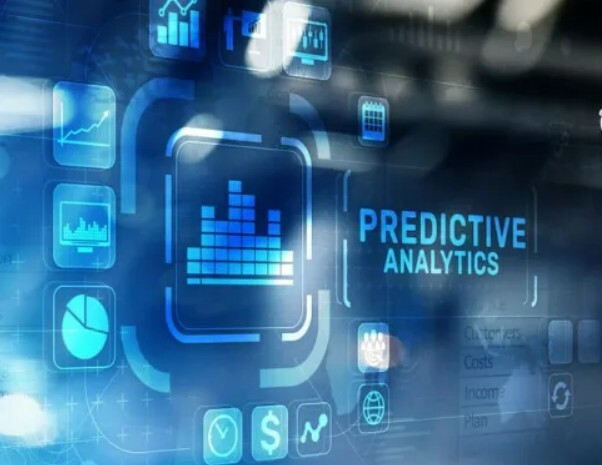The task of automation and neural networks is not to exclude the operator from the production process, but to help the operator in solving routine tasks and neutralize the negative impact of the "human factor".
The production process on any automated production line requires constant attention from the operator. The operator controls the parameters of the equipment, and the parameters of the semi-finished product or product, and corrects the settings of the equipment in case of a deviation in the parameters. How can you help the operator in this work and minimize the negative impact of the "human factor"?
Now the control of the execution of tasks is solved by the regulations and schedule;
The second option is to hang cameras and monitor production without leaving the monitor, or you can take historically accumulated data, take streaming data from sensors and use neural networks to build a model of their change. Not just to monitor production and decide after the fact, but to predict events.
This is predictive analytics.
By observing the parameters of finished products, one can not only detect the fact of violation of tolerances but also predict them by observing trends. The signal of a negative trend will allow the operator not only to stop the production of defective products but initially to prevent such a strong deviation of the parameters, in which the product becomes defective.
It is quite difficult to implement predictive analytics from scratch in production. Here's the reason:
R&D implementation is costly,
to accumulate statistics, you need to train the neural network for several years to get a good enough result.
We at Quatromatic are testing a similar predictive analytics system based on artificial intelligence. Having many months of production statistics, we trained the neural network to analyze the trend curve of product parameters on the vibrocompression line. Each fact of violation of the tolerances of the finished product is valuable information, which is accompanied by statistics of events that occurred earlier. Learning from such examples, it is possible to predict negative trends with a high degree of probability and signal the operator about it.
How will artificial intelligence help the operator?
Having received a warning, the operator will be able to apply all his experience in analyzing the situation. He will be able to quickly compare the prediction of the system on violation of tolerances with the parameters of the equipment and make the necessary corrective action. All this makes it possible not only to stop the production of defective products but, in response to negative trends, to prevent defects at all!
The production process on any automated production line requires constant attention from the operator. The operator controls the parameters of the equipment, and the parameters of the semi-finished product or product, and corrects the settings of the equipment in case of a deviation in the parameters. How can you help the operator in this work and minimize the negative impact of the "human factor"?
Now the control of the execution of tasks is solved by the regulations and schedule;
The second option is to hang cameras and monitor production without leaving the monitor, or you can take historically accumulated data, take streaming data from sensors and use neural networks to build a model of their change. Not just to monitor production and decide after the fact, but to predict events.
This is predictive analytics.
By observing the parameters of finished products, one can not only detect the fact of violation of tolerances but also predict them by observing trends. The signal of a negative trend will allow the operator not only to stop the production of defective products but initially to prevent such a strong deviation of the parameters, in which the product becomes defective.
It is quite difficult to implement predictive analytics from scratch in production. Here's the reason:
R&D implementation is costly,
to accumulate statistics, you need to train the neural network for several years to get a good enough result.
We at Quatromatic are testing a similar predictive analytics system based on artificial intelligence. Having many months of production statistics, we trained the neural network to analyze the trend curve of product parameters on the vibrocompression line. Each fact of violation of the tolerances of the finished product is valuable information, which is accompanied by statistics of events that occurred earlier. Learning from such examples, it is possible to predict negative trends with a high degree of probability and signal the operator about it.
How will artificial intelligence help the operator?
Having received a warning, the operator will be able to apply all his experience in analyzing the situation. He will be able to quickly compare the prediction of the system on violation of tolerances with the parameters of the equipment and make the necessary corrective action. All this makes it possible not only to stop the production of defective products but, in response to negative trends, to prevent defects at all!





